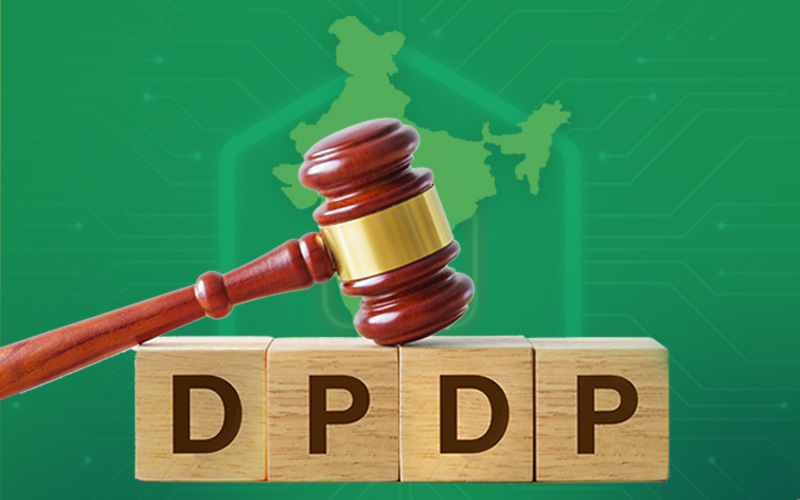The “Global Risks Report 2023, 18th Edition” produced by the World Economic Forum 2023 gives insights on the evolving global risks. “Global Risk is defined as the possibility of the occurrence of an event or condition which, if it occurs, would negatively impact a significant proportion of global GDP, population, or natural resources. The report mentions seeing a return of older risks such as inflation, cost-of-living crisis, trade wars, capital outflows from emerging markets, widespread social unrest, geopolitical confrontation, and the specter of nuclear warfare. These are being amplified by new developments in the global risk landscape along with the climate change impact. Together, these are converging to shape a unique, uncertain, and turbulent decade to come.
Surrounded by so much uncertainty, organizations should be prepared for disruption of the supply chain in each industry segment. With a crunch in funding and growing security concerns, the capacity to absorb the next global shock is shrinking. Such concurrent shocks along with eroding resilience are a recipe for polycrisis. Organizations directing preparedness measures towards minimizing the scale and scope of polycrises before they arise. Some of the risks called out in the report are close to a tipping point from Third-Party Risk Management (TPRM) standpoint are:
- Collapse of a systematically important industry or supply chain
- Asset bubble bursts
- Prolonged economic downturn
- Interstate conflict
- Large-scale involuntary migration
- Natural resource crisis
- Failure to adapt to climate change and mitigate climate change
- Food and energy supply crisis
The point that stands out here is that every industry is heavily reliant on their Third-Parties and not enough is done to be prepared for what’s happening or about to happen.
Building resiliency in the business by strategically building resiliency in Third-Parties will ensure sustenance while facing global risks that cause large-scale impact on operations. Addressing concentration risk is a key challenge if your business is over-dependent on Third-Parties in a particular geography
Third-Parties supporting key lines of business should demonstrate resiliency during unforeseen events and this can be achieved by either opting for Third-Parties that share the same interests or by enforcing terms in contracts.
Strategically planning investments in Third-Parties should be a priority and be an agenda topic in board meetings more often than necessary.
While organizations continue to race in the adoption of Artificial Intelligence (AI) technology, it is imperative to carefully evaluate the Inherent risk that such technology brings to your organization. AI can meet future requirements but should be adopted with careful consideration of risks and opportunities.
An effective Third Party Risk Management (TPRM) program will cater to the following needs when needed the most
Live data that can fuel the strategic road maps of the company
AI that can forecast Third-Party risks based on the existing threat landscape and future global risks
Robust monitoring of Third-Party security posture during the ongoing crisis and adherence to global regulations
Incident or breach management capacity of Third-Parties that demonstrate business resiliency
Adoption of Environmental, Social and Governance (ESG) by Third-Parties that is directly proportional to tackling ESG issues and contributing to your ESG compliance.




